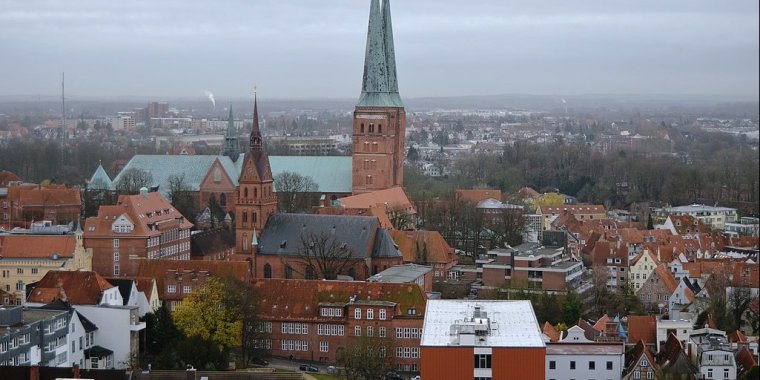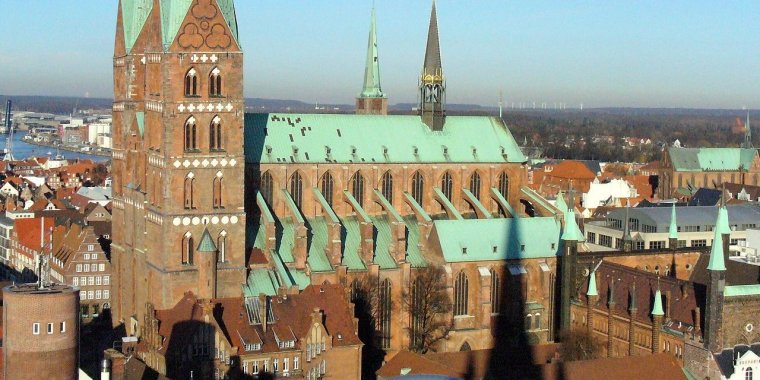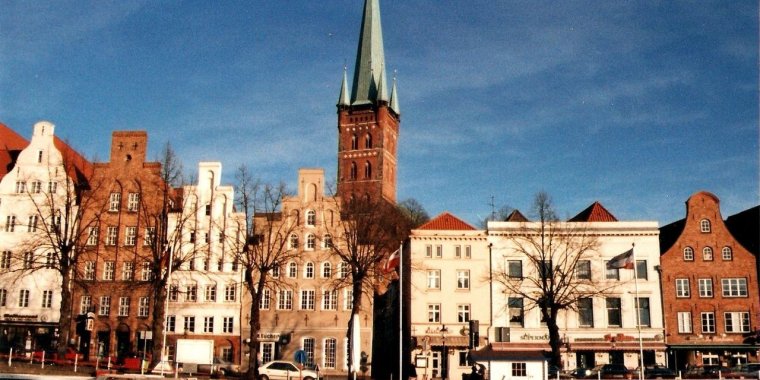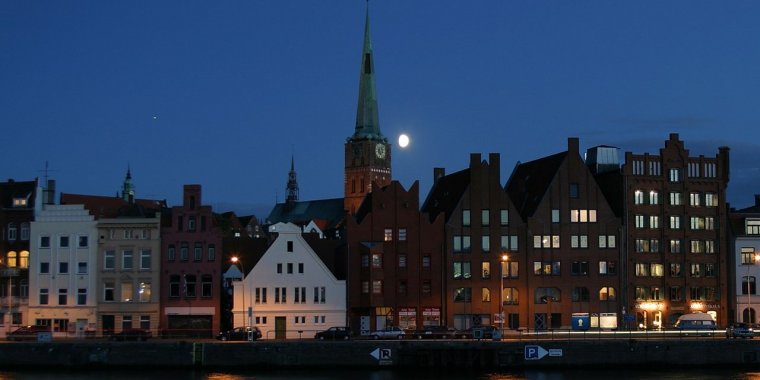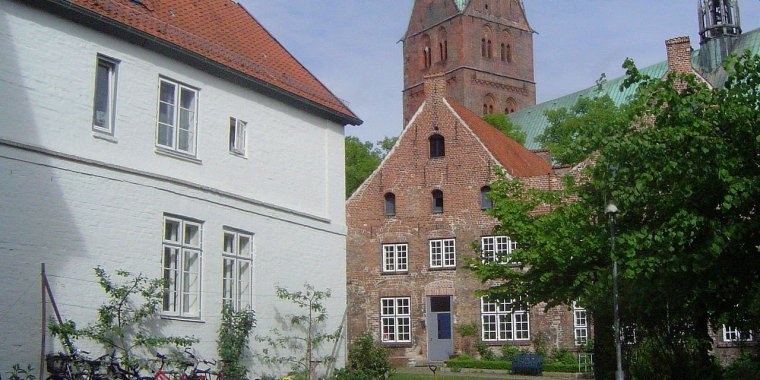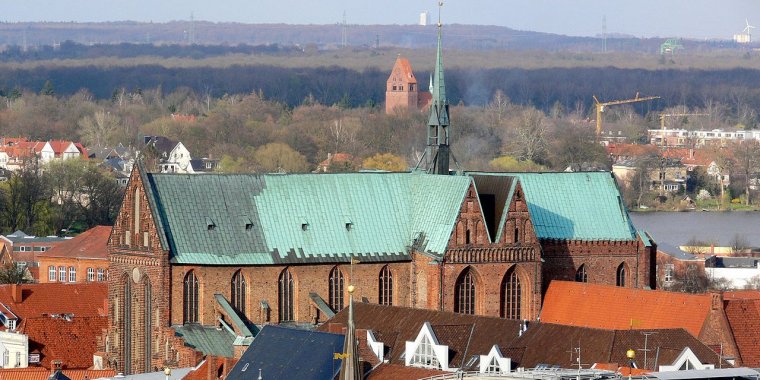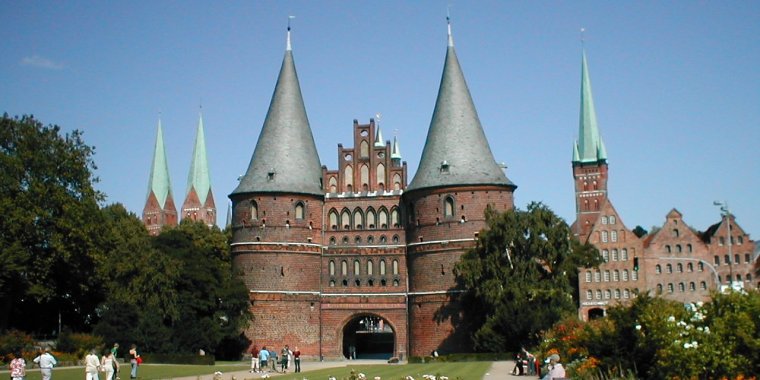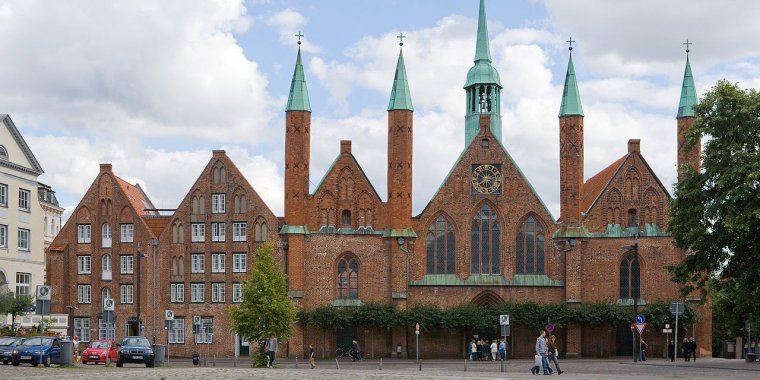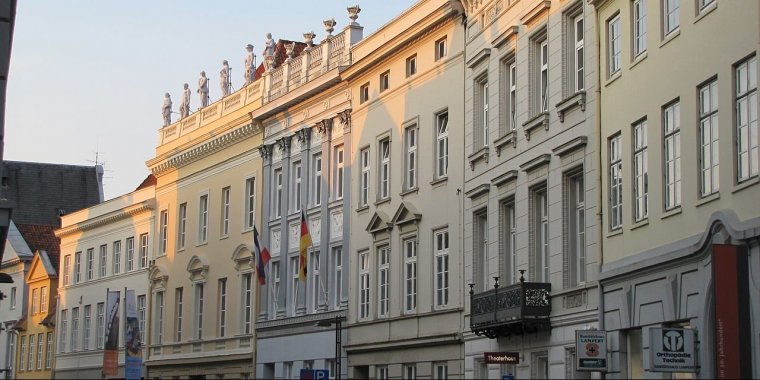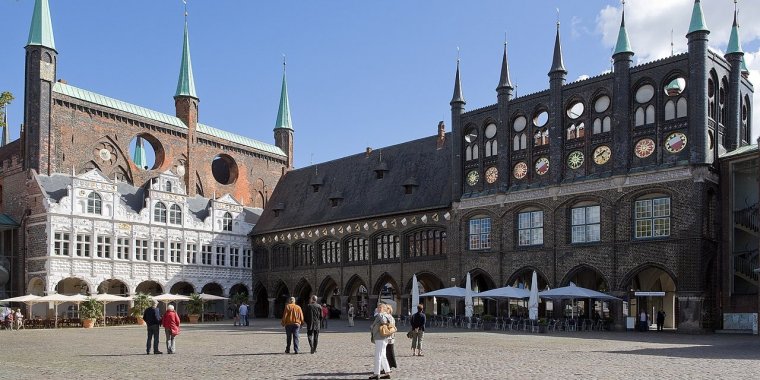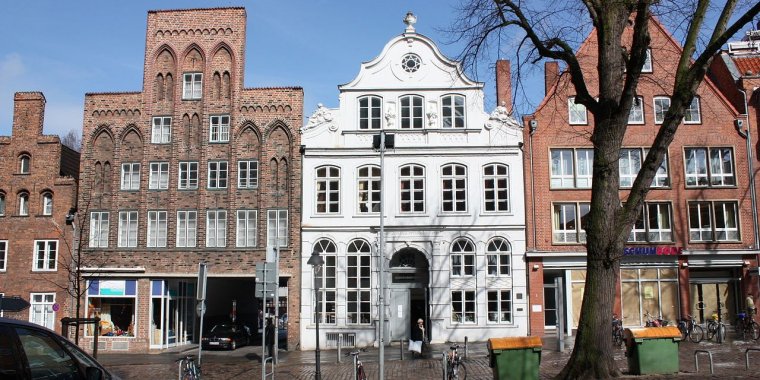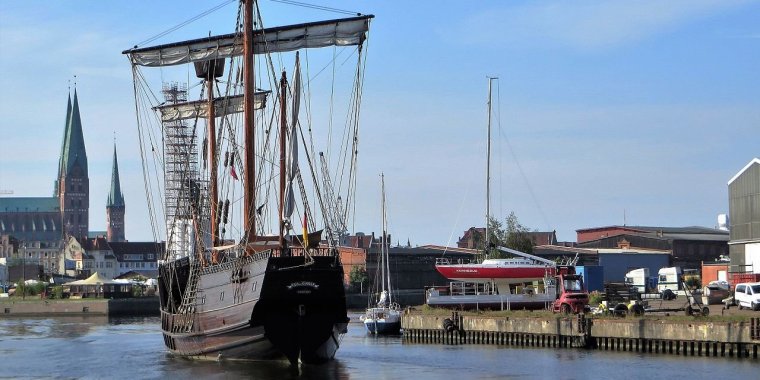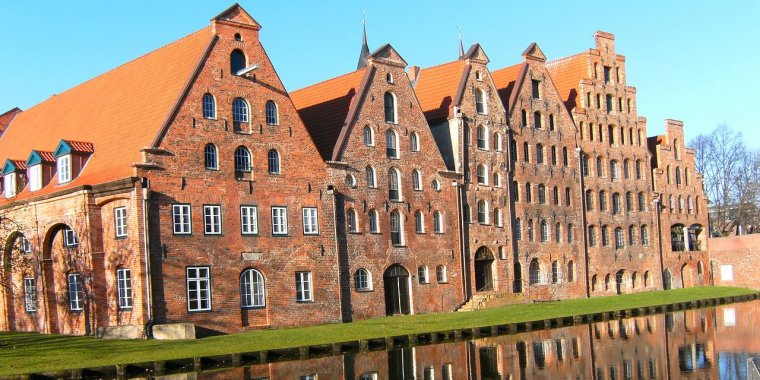| Published in Attractions / Places of Interest |
Tourist Attractions in Lübeck, Germany
The main attraction is the medieval Altstadt (old city) located on an island surrounded by the Trave river and its various channels. Listed as an UNESCO World Heritage site, it offers an astonishing variety of different architectural styles. The streets of Lübeck are a delight for a connoisseur of architecture.
• St. Marien (Marienkirche): a fine brick gothic building, located near the Rathaus (city hall) at the very centre of the Altstadt.
• The Dom: very nicely situated on the quiet southern end of the island, contains a wooden crucifix by Bernt Notke.
• St. Petri (Petrikirche) (near Marienkirche). its tower platform (to be reached by an elevator) offers a great view over the city, and if weather conditions allow it you can even see Travemünde (17 km to the north-east).
• St. Jakobi (Jakobikirche): north of St. Marien, at the Koberg.
• St. Aegidien (Aegidienkirche): the smallest one, in the eastern Altstadt.
• St. Katharinen (Katharinenkirche) (without a tower): south of St. Jakobi, contains works of Ernst Barlach.
• The two remaining city gates: Holstentor (near train station/ZOB bus terminal) and Burgtor (northern Altstadt); they both contain museums nowadays.
• Heiligen-Geist-Hospital near Koberg. Hospital of the Holy Spirit, one of the oldest social institutions of Lübeck (1260).
• Classicist Behnhaus (Drägerhaus) in Königstraße, hosting an art museum.
• The Rathaus or city hall: its architecture is a stylistic potpourri reaching back to the 12th century. Note that it is still the seat of the city administration and not a museum, so you're not expected to have a look inside on your own. But there are guided tours every hour or so where the many historic rooms and the gallery of city leaders' portraits are explained (in German and possibly other languages).
• The Willy Brandt House: This former (1969-1974) chancellor's childhood home has now been turned into a museum about his life and career in politics. Entrance is free.
• There are two houses dedicated to Lübeck's two literature nobel prize laureates: The Buddenbrookhaus is dedicated to the brothers Thomas and Heinrich Mann, who spent their youth there, and contains many of their works. It's near Marienkirche, in Mengstraße. Then there is the Günter-Grass-Haus (of The Tin Drum fame) in Glockengießerstraße.
• The Museumshafen (museum port) between Beckergrube and the Musik- und Kongreßhalle building features some old-fashioned ships, among them a rebuilt Hanseatic kraweel ("Lisa von Lübeck") — more so in winter, because many of these ships are still in use during summer.
• Lübeck has many small museums, such as the St. Anne's Museum Quarter, Lübeck, the European Hansemuseum. Lübeck Museum of Theatre Puppets is a privately run museum. Waterside attractions are a lightvessel that served Fehmarnbelt and the Lisa von Lübeck, a reconstruction of a Hanseatic 15th century caravel. The marzipan museum in the second floor of Café Niederegger in Breite Strasse explains the history of marzipan, shows historical wood molds for the production of marzipan blocks and a group of historical figures made of marzipan.
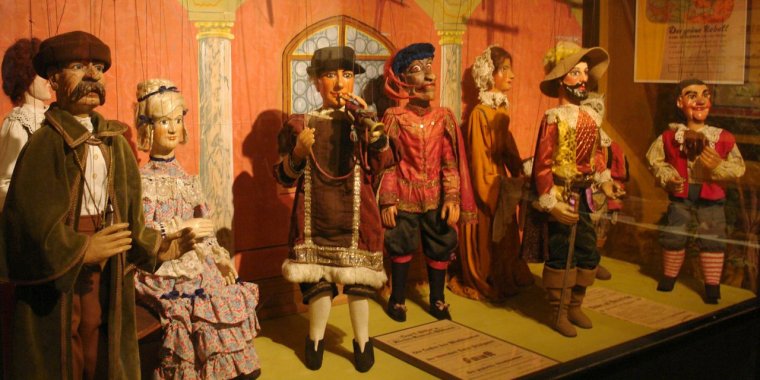
Lübeck Museum of Theatre Puppets. ![]()
• The Salzspeicher, historic warehouses where salt delivered from Lüneburg awaited shipment to Baltic ports. (Wikivoyage, Wikipedia)
YOU MAY ALSO LIKE


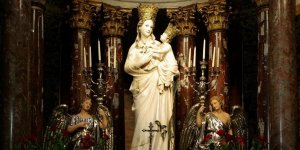

 If you own or manage a travel-related business such as a hotel, a bed-and-breakfast, a restaurant, a pub or a cafeteria, you can create a web page for your business for free on Titi Tudorancea Travel Info. » |
